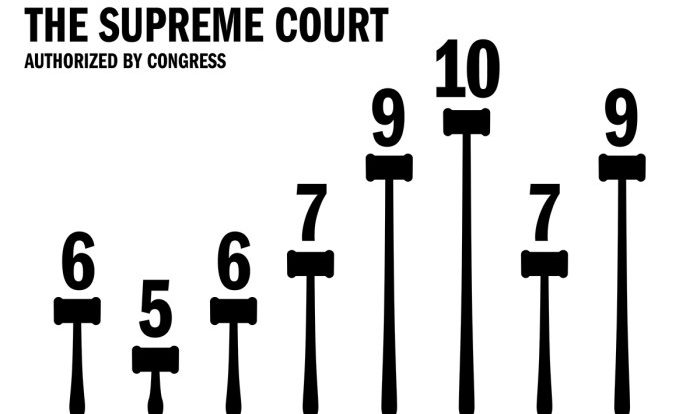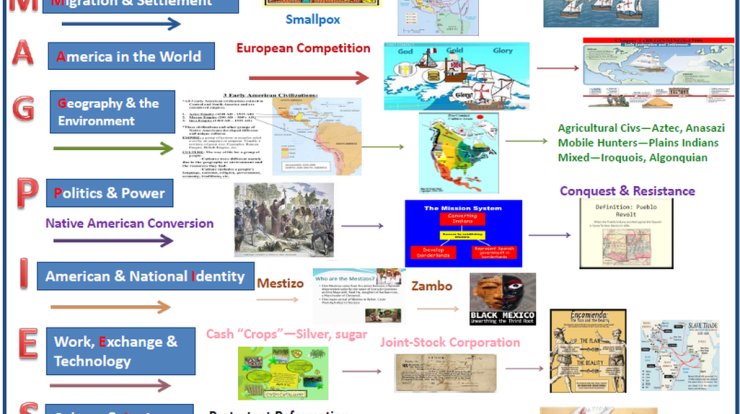Aftershock Beyond the Civil War: Echoes of Conflict and Transformation delves into the profound and lasting impact of the American Civil War, exploring its far-reaching social, economic, political, and cultural reverberations that continue to shape the nation’s identity and destiny.
From the physical destruction and loss of life to the abolition of slavery and the rise of new social classes, the Civil War left an enduring mark on the United States. Its legacy continues to resonate in the ongoing struggle for racial equality, the nation’s global influence, and the very fabric of American society.
Historical Context

The American Civil War, fought from 1861 to 1865, was a pivotal conflict in the history of the United States. It began as a secession crisis that arose from long-standing tensions between the Northern and Southern states over issues such as slavery, economic policy, and states’ rights.
The war erupted after Southern states, led by South Carolina, declared their secession from the Union and formed the Confederate States of America. The Union, led by President Abraham Lincoln, refused to recognize the Confederacy and launched a military campaign to preserve the Union.
The Civil War’s repercussions extended beyond the battlefield, leaving a lasting impact on American society. To delve deeper into this topic, I highly recommend checking out the comprehensive US History EOC Florida Review . This resource provides an in-depth analysis of the war’s aftermath, shedding light on the complex challenges and transformations that shaped the nation in the years that followed.
Key Battles and Turning Points
The Civil War was characterized by a series of bloody and decisive battles, including the Battle of Gettysburg, the Battle of Vicksburg, and the Battle of Antietam. The Union’s victory at Gettysburg was a turning point in the war, as it marked the end of Confederate General Robert E.
Lee’s invasion of the North.
Major Figures
Several key figures played significant roles in the Civil War, including President Abraham Lincoln, Confederate President Jefferson Davis, Union General Ulysses S. Grant, and Confederate General Robert E. Lee. Lincoln’s leadership and determination were crucial to the Union’s victory, while Lee’s military brilliance and unwavering devotion to the Confederate cause made him a formidable opponent.
Social and Economic Impact

The aftermath of the Civil War was marked by widespread devastation, human loss, and social upheaval. The war left a profound impact on the social and economic fabric of the United States, with long-term consequences that continue to shape the nation today.
The immediate aftermath of the war was characterized by physical destruction, loss of life, and displacement of populations. The war had claimed the lives of over 600,000 Americans, leaving countless families grieving and communities shattered. The war also left a trail of destruction across the South, with cities and towns reduced to ruins and infrastructure decimated.
Abolition of Slavery
The most significant social consequence of the Civil War was the abolition of slavery. The Emancipation Proclamation, issued by President Abraham Lincoln in 1863, declared that all slaves in the Confederate states were free. The war ended slavery in the United States, and the 13th Amendment to the Constitution, ratified in 1865, abolished slavery throughout the country.
Rise of Industrialization
The Civil War accelerated the process of industrialization in the United States. The war created a huge demand for weapons, supplies, and other manufactured goods, which led to the growth of factories and industries. The war also stimulated the development of new technologies, such as the telegraph and the railroad, which improved communication and transportation.
Emergence of New Social and Economic Classes
The Civil War also led to the emergence of new social and economic classes. The abolition of slavery created a large class of free African Americans who faced discrimination and economic hardship. The war also led to the rise of a new class of wealthy industrialists and financiers who benefited from the war economy.
Political Reconstruction

The Reconstruction era, following the Civil War, was a tumultuous period marked by both challenges and successes. The primary goal of Reconstruction was to reunite the country, establish civil rights for African Americans, and rebuild the Southern economy.
Reconstruction faced numerous challenges. The Southern states resisted federal authority and were reluctant to grant civil rights to African Americans. The assassination of President Abraham Lincoln in 1865 created a leadership vacuum and weakened the support for Reconstruction. Economic depression and social unrest further hindered the progress of Reconstruction.
Despite the challenges, Reconstruction also witnessed significant successes. The Thirteenth, Fourteenth, and Fifteenth Amendments to the Constitution abolished slavery, granted citizenship to African Americans, and guaranteed them the right to vote. The Freedmen’s Bureau provided aid and education to newly freed slaves.
African Americans began to participate in politics and hold public office.
Failure of Reconstruction and Rise of Jim Crow Laws
Reconstruction ultimately failed due to several factors. The federal government lacked the political will to enforce the civil rights amendments. White Southerners used violence and intimidation to suppress African American voting and participation in public life. The Compromise of 1877 ended federal intervention in the South, allowing white Southerners to reassert control and implement Jim Crow laws, which established a system of racial segregation and discrimination.
Cultural and Ideological Shifts
The Civil War left an indelible mark on American society, triggering profound cultural and ideological shifts that reverberated throughout the nation. The conflict shattered long-held beliefs and forced Americans to grapple with new realities, shaping the country’s identity and self-perception.
The war catalyzed a surge in artistic expression, as writers, poets, and painters sought to capture the horrors and triumphs of the conflict. This era witnessed the birth of American Realism, a movement that depicted the everyday lives of ordinary people, challenging the romanticized views of the past.
Rise of New Scientific and Technological Innovations
The Civil War also spurred significant scientific and technological advancements. The conflict highlighted the need for improved communication and transportation systems, leading to the development of the telegraph and the transcontinental railroad. Medical innovations, such as anesthesia and antiseptic surgery, emerged from the battlefield, transforming healthcare practices.
Changing Role of Women and Minorities in Society, Aftershock beyond the civil war
The war played a pivotal role in challenging traditional gender roles. Women stepped into new responsibilities, working in factories, hospitals, and other sectors previously reserved for men. The abolition of slavery marked a major turning point for African Americans, but the struggle for equality and civil rights continued.
Redefining American Identity
The Civil War forced Americans to confront the fundamental question of who they were as a nation. The conflict tested the limits of democracy and challenged the idea of a unified American identity. The war’s aftermath saw the rise of a new national identity, one that grappled with the legacy of slavery and the ongoing struggle for equality.
Regional Differences

The aftermath of the Civil War had varying impacts on different regions of the United States. The North, South, West, and border states experienced unique challenges and opportunities that shaped their post-war development.
The North
The Northern states emerged from the war with a strong economy and industrial base. They benefited from the increased demand for manufactured goods during and after the conflict. The North’s cities grew rapidly, and its industries expanded to meet the needs of a growing population.
The South
The South suffered extensive damage during the war, and its economy was in ruins. The plantation system, which had been the foundation of the Southern economy, was destroyed. Many former slaves faced poverty and unemployment. The South also faced political and social upheaval as it struggled to rebuild and adjust to a new social order.
The West
The Western territories experienced rapid growth and expansion after the Civil War. The Homestead Act of 1862 encouraged settlement, and many people moved west to claim land and start new lives. The West became a major agricultural region, and its cities grew rapidly.
The Border States
The border states, which had remained loyal to the Union during the war, faced a unique set of challenges. They had to deal with the economic and social disruption caused by the conflict, as well as the tensions between the North and the South.
The border states played a key role in the nation’s political and economic development after the war.
Global Impact: Aftershock Beyond The Civil War

The American Civil War reverberated far beyond the borders of the United States, profoundly shaping international relations, diplomacy, and the development of political and economic systems.The war became a crucible for new ideas and technologies, including the widespread use of steamships, railroads, and telegraphs.
These advancements facilitated the flow of information and trade, shrinking the world and fostering closer connections between nations.
Influence on International Relations
The Civil War exposed the limitations of traditional European diplomacy. Britain and France, initially sympathetic to the Confederacy, ultimately refrained from intervention due to fears of a prolonged conflict and potential economic consequences. This hesitancy marked a shift away from the Concert of Europe, which had previously sought to maintain a balance of power through collective action.
Rise of the United States as a Global Power
The Union victory in the Civil War cemented the United States’ status as a major world power. The war demonstrated the nation’s industrial might, military prowess, and ability to project power overseas. This newfound influence was evident in the subsequent decades, as the United States expanded its territories, engaged in international diplomacy, and played a pivotal role in shaping the global order.
FAQ Resource
What were the key causes of the American Civil War?
The Civil War was sparked by a complex interplay of factors, including the issue of slavery, economic differences between the North and South, and political tensions over states’ rights.
What were the major turning points of the Civil War?
Key turning points included the Battle of Gettysburg, the Battle of Vicksburg, and the Emancipation Proclamation, which shifted the war’s focus from preserving the Union to abolishing slavery.
What were the challenges of Reconstruction after the Civil War?
Reconstruction faced significant challenges, including resistance from former Confederates, the assassination of President Lincoln, and the rise of white supremacist groups like the Ku Klux Klan.

